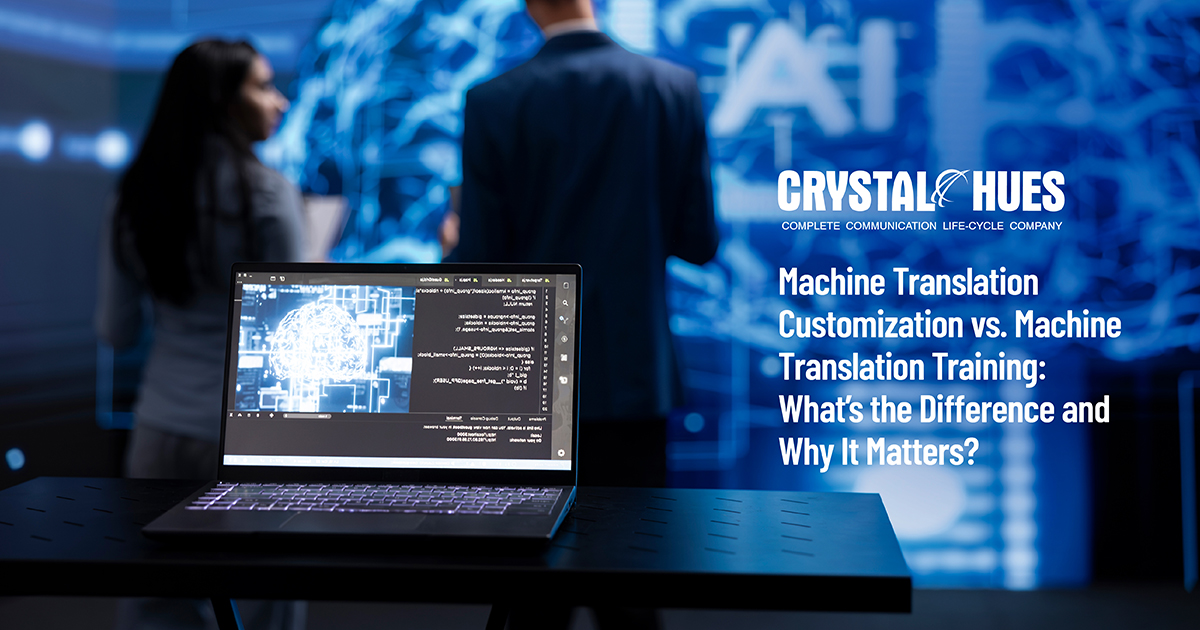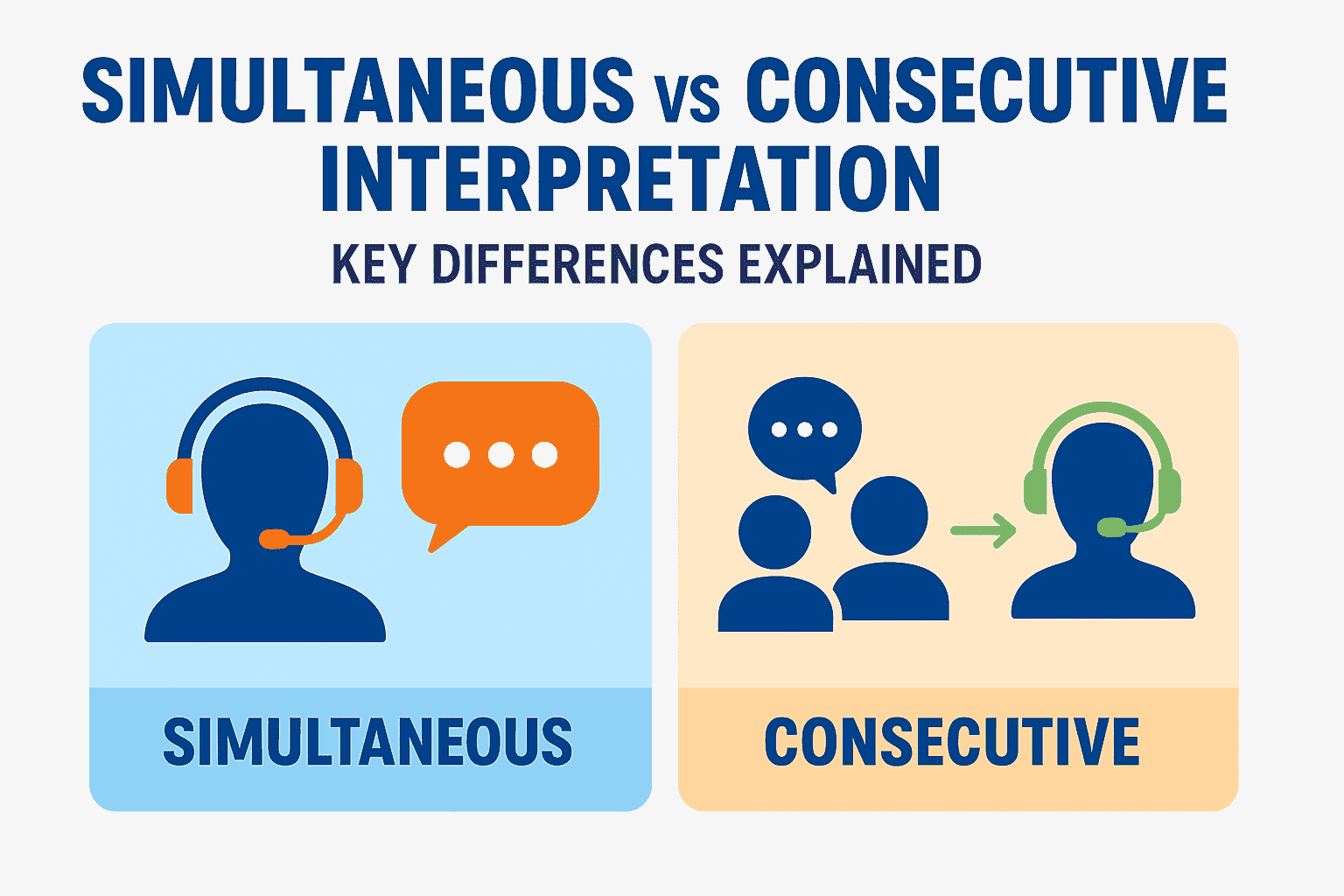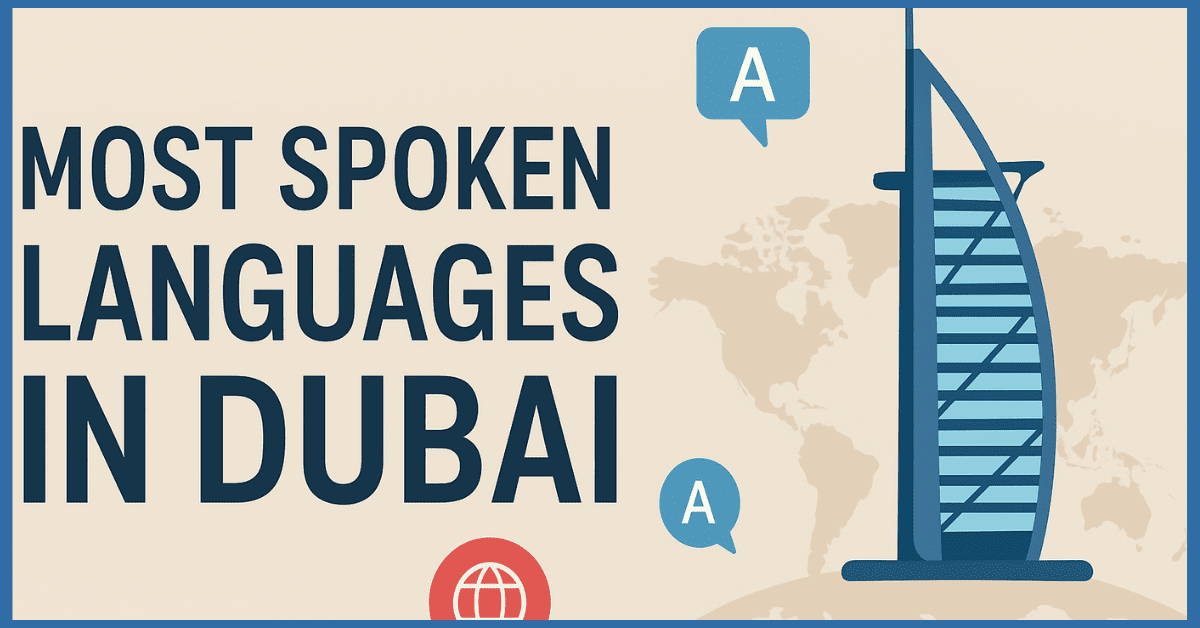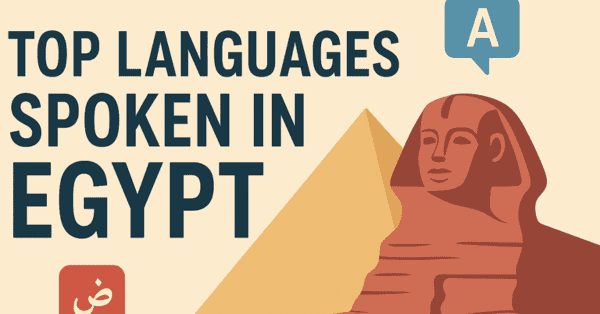
Machine Translation Customization vs. Machine Translation Training: What’s the Difference and Why It Matters?
With the constant evolution of multilingual content and AI enabled communication, machine translation (MT) has become an integral part of the creation process. However, organizations frequently express the desire to improve quality, nuance, and domain relevant translation quality. This usually expresses itself in two ways: MT customization and MT training.
It seems like a very similar space. They both elevate the value of machine translation. But they are quite different forms of elevation in terms of methods, impact, scaling, and usage.
This blog explores the difference and why it matters should you wish to localize your content at scale while wishing to maintain nuance and brand voice.
Contextualizing
the Issue: What is Machine Translation?
Machine Translation is
the automatic translation of content from one language to another language
(most often) using AI models. There are a number of popular MT engines (Google
Translate, DeepL, Amazon Translate, Microsoft Translator) with general, pre-trained
models aimed at some degree of content.
That said, the typical
MT is unable to translate effectively for combinations like:
- Industry references.
- Brand references for voice or tone.
- Unusual language pairs or dialects.
- Sensitive or regulated content.
That's where
customization and training come into play.
What is Machine
Translation Customization?
It is the process of
modifying or changing an existing pre-trained MT model to better suit specific
brand or domain needs.
This does not mean
training the model again from scratch as traditional training does. Instead, it
involves putting additional knowledge or preferences on top of the base model.
Let’s explore how it works:
- Terminology injection: The addition of glossaries or preferred
translations for key terms.
- Style tuning: The fine-tuning of levels of formality or
preferred sentence structure (i.e. casual versus technical).
- Contextual adaptation: Provide example translations (translation
memories) to show preferred outputs.
- Post-edited feedback loops: Refinement of translation quality through human
feedback without changing the model's underlying architecture.
There are plenty
of commercial MT providers that allow for customization:
- Amazon Translate Custom Terminology.
- Google AutoML Translation (for light
fine-tuning).
- Microsoft Translator Custom Translator.
- DeepL Glossary.
The Benefits and
Limitations of MT Customization
Benefits
- Quick to implement.
- Low dataset requirements.
- Cost-effective.
- Great for marketing content, FAQs or helpdesk
documentation.
Limitations
- Limited effect on deeply syntactic or semantic
errors.
- No significant gains for highly technical or
domain-specific tasks.
- Limited to languages that are not long-tail or
brought from noisy (ungrammatical) source data.
While customization tweaks the engine’s behavior, training
goes deeper, building a translator from the ground up.
What is Machine
Translation Training?
Training, in contrast,
is the process of training a translation model from scratch (or from a
foundational multilingual model) with a large bilingual corpus that fits the
domain. It is a more involved and intensive process because it requires more
data, but it can be much more powerful and useful.
Let’s see how this
works:
- Collecting bilingual parallel corpora—pairs of
aligned source and target languages.
- Pre-processing, tokenizing, and cleaning the
data.
- Ingesting the data into an MT architecture (e.g.,
Transformer models like MarianNMT, OpenNMT, or custom LLMs).
- Running training for several epochs, with a
validation quality step using BLEU, TER, or human evaluation.
- Fine-tuning, or re-training regularly with newer
datasets.
Use Cases:
- Translations of legal, medical, or scientific
documents that contain domain specific minimalist jargon.
- Building MT for lower-resourced languages or
dialects.
- Construction of multilingual AI assistants or
content platforms in non-existent controlled environments.
- Government or enterprise use cases where security
and the need to control in-house language are non-negotiable.
The Benefits and
Limitations of MT Training
Benefits
- Absolute best translation quality for specific
niche use cases.
- Control over tone, terminology, and bias
reduction.
- Robustness across different input situations or
in noisy inputs.
Limitations
- It requires huge bilingual datasets (generally in
millions of sentence pairs).
- Requires powerful computing and advanced ML
expertise (most processes take weeks at a minimum).
- The costs associated with regular maintenance and
updating are expensive.
- It can take weeks or months to deploy as the process takes a long time to train.
Now that we’ve covered both, Machine Translation Training
and Customization, here’s a side-by-side comparison to help you decide which
approach suits your needs better.
Comparison Table: MT
Customization vs. MT Training
|
Feature |
Customization |
Training |
|
Data requirement |
Low to medium |
High (millions of
sentence pairs) |
|
Time to deploy |
Days to a few weeks |
Several weeks to
months |
|
Technical expertise
needed |
Moderate (linguistic
expertise) |
High (ML engineering,
NLP) |
|
Cost |
Lower |
Higher |
|
Control over output |
Limited |
Full |
|
Use case suitability |
General + moderately
specific |
Deeply
domain-specific |
|
Language coverage |
Limited to
provider-supported |
Can be trained for
rare languages |
|
Integration ease |
Plug-and-play |
Requires custom
pipelines |
Real-World Scenarios
Customization
Example
Imagine you run a
global e-commerce company. You need your helpdesk chatbot to translate common
customer support queries from English to Spanish. You inject the preferred
translations for product categories and adjust the tone to remain friendly but
professional. Your team takes advantage of Amazon Translate's Custom
Terminology to reduce mistranslations and also improve client satisfaction
without needing to retrain a full MT model.
Training Example
Your pharma company
needs to translate clinical trial materials from Japanese to German. Although,
the problem is that due to the presence of highly technical words, the
translation outputs from standard MT engines are of significantly low quality. Your
company then trains its own NMT model from 5 million bilingual sentences from
previous materials to significantly increase output quality that is acceptable
for regulatory filings.
Customization or
Training: Which Should You Choose?
Choose
Customization if you:
- Currently use a commercial MT engine.
- Have light domain needs.
- Require a faster implementation.
- Need to scale marketing or customer support
content.
- Have a medium-sized budget.
Choose Training if
you:
- Need high-stakes accuracy (eg: legal, medical).
- Are presenting sensitive, proprietary, or
technical data.
- Need to support low-resource or input languages.
- Want complete control of outputs and refreshes.
- Are building in-house NLP products or
multilingual apps.
The Hybrid Future
The future of MT is
likely hybrid, starting with an off-the-shelf engine, customizing that engine
with internal knowledge and training domain-specific components if
required.
For example, as systems
adopt LLMs into their MT process, there could be potential to use prompt-based
customization and use zero-shot learning without additional training.
Organizations that take
a strategic approach to MT - investing effort based on use case - will deliver
better (humanlike) multilingual experiences and at the same time drive down
translation costs.
Final Thoughts
Machine translation is
not a one-size-fits-all solution. The decision about whether to use
customization or training is based on domain complexity, availability of data,
expectations of quality and the scalability goal of the organization.
By understanding the
differences and applying use cases, organizations can align multilingual
approaches with practical limitations and long-term aspirations, realizing the
best potential of language technologies driven by AI.
You have reached the end. Thank you for reading our blog. We hope you found it informative and useful. For more such content on to help you stay informed on AI and our language services, you can check out our blog page here.
If you have any feedback or suggestions on what you’d like for us to cover or how we can make our blogs more useful, you can reach us through our LinkedIn inbox or email us at digital@crystalhues.in.



